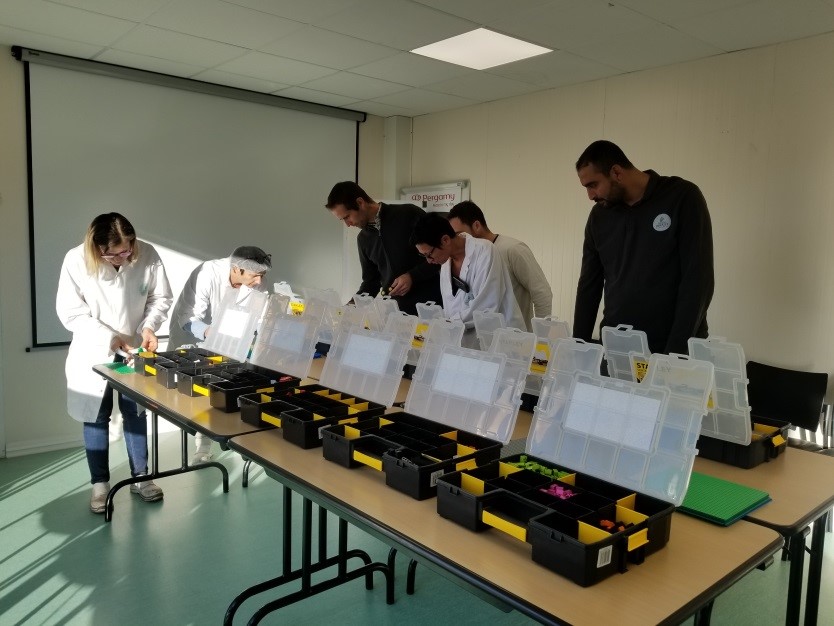
Agro-food companies are among the largest consumers of energies for heating, cooling processes and for storing food or beverages under controlled temperatures. Best energy practices help to reduce energy consumption. To achieve this, there are several possible entry points, including the behavior of people in their work environment. In this context, the INDUCE project “Towards a sustainable agro-food Industry: Capacity building programs in energy efficiency” is developing an accessible online platform where training, online courses, procedures and other tools will be made available to food and beverage companies wishing to improve their energy efficiency. In addition, the INDUCE methodology is based on the study of organizational and behavioral models for influencing energy efficiency. It therefore aims at a change of culture and environment at the heart of the company in order to better involve employees and have sustainable results.
INDUCE has tested this methodology in 15 pilot companies, located in the 4 European countries that represent more than 45% of companies in the sector in the EU, i.e. Spain, France, the Netherlands and Germany. The aim will then be to replicate it in 300 companies in the agro-food sector in the European Union. Approximately 5,000 employees are involved.

In France, the consortium partner is ACTIA (Technical Coordination Association for the Food and Beverage Industry), and its actions are implemented by its technical partner CRITT PACA (Regional Center for Innovation and Transfer of Agro-food Technologies). They chose to develop and run workshops with a playful collective intelligence pedagogy using construction games. They encourage sharing and allow solutions to emerge to improve energy efficiency by combining the points of view of different departments within the same company (maintenance, production, etc.). This construction approach is accessible to all hierarchical levels from general employees to the company managers. It stimulates several skills such as taking initiative and problem solving. It also removes barriers to written communication (no recourse to writing) or oral communication (once constructed, the idea is easier to describe).
The concept of collective intelligence is based on teamwork where a collective of individuals aims to achieve a common and shared goal, combining the efforts of each individual, and where interactions between people are the cornerstone of the approach, combining analytical and analogical thinking with creativity.
The first workshop was held in a wine industry. After a playful exercise to get used to construction, participants were asked to choose an equipment or an energy use according to their daily tasks and then to represent it in construction. They were asked to represent the operation of the chosen equipment and the points of attention for energy efficiency. Over time, the links between the different utilities and production equipment could be built. At the end of each stage of construction, each person presented his or her work to the others.

The first workshop was held in a wine industry. After a playful exercise to get used to construction, participants were asked to choose an equipment or an energy use according to their daily tasks and then to represent it in construction. They were asked to represent the operation of the chosen equipment and the points of attention for energy efficiency. Over time, the links between the different utilities and production equipment could be built. At the end of each stage of construction, each person presented his or her work to the others.
During this first playful construction workshop on energy efficiency, behaviors could be questioned and different improvements on both equipment and practices were proposed, leading to the development of an energy efficiency roadmap. The participants were all involved. They were surprised by how easy it was to discuss and exchange on complex issues. The company director finds that this experience of creativity and performance promotes real self-esteem and an absence of stress. According to her, some participants would not have shared so many ideas if the pedagogy of the workshop had been more conventional.
For this wine cellar, cold – used to control fermentation temperatures, generates about a third of the site’s electricity needs. This pedagogical activity was also duplicated in a company making frozen pastries with very high energy stakes, and where cold represents 80% of the site’s electricity needs.
